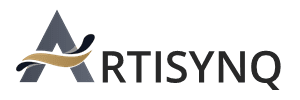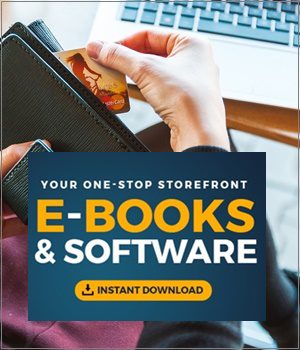On-page search engine optimization refers to the tactics that you use when optimizing web content so that search engines and users can understand your content better. So you really want to optimize your content for SEO because an SEO-driven approach does have its benefits. Doing on-page content optimization for your website, blog post, or article; can help you rank higher in the search engine results and increase your organic search traffic. This can in turn lead to more brand awareness, leads, and sales.
Write Content for People first, then Search Engines
Placing keywords in the right areas of a web page is a technique used in optimizing your content for search. Adjusting the important on-page SEO factors with the keywords you are targeting for that page, it can help you rank better for those chosen keywords. You have to be careful though, as you don’t want to stuff your content with keywords. Keyword stuffing is when you excessively use a keyword on the page in an attempt to get a better ranking in the search engine results pages [SERPS].
The search engines can pick up on this and can penalize you for this in the search results. Overuse of keywords is not good for ease of readability and not as much importance is placed on keyword density nowadays as it used to be. This is why SEO-friendly content should be well written with people in mind first and not solely for the search engines.
Important On-Page Factors in SEO to consider
Some elements in content optimization that you can adjust so you can win with your on-page SEO include:
- Content
- URLs
- Title Tag
- Meta Descriptions
- Header Tags
- Alt Tags
- Internal Linking

Use Targeted Keywords in your Content Optimization
Content optimization will make it more possible that your content will be seen by people when they type in specific keyword phrases into the search engines. So carefully chosen keywords that you use in your content can improve your search rankings for those keyword terms. Therefore keyword research is required to find the right keyword phrases you want to get ranked for. You can do keyword research using various paid or unpaid keyword research tools. Once you have done your research and have chosen the keywords you are targeting, you can begin to strategically use the keywords in the on-page factors below.
It’s a good idea to put the keywords that you are targeting for SEO in the first 150 words or first paragraph on the page. Google places more importance on the words that are at the beginning of the page and will be able to better understand what your page is about.
SEO-friendly Page URLs
Your webpage URL should describe what your page is about. It is recommended that you try to keep the URL as short as possible, include your target keyword in it and that you use hyphens between words.

Optimize the Page Title Tag
The page’s Title Tag is the most important on-page SEO factor as it has a heavyweight in calculating relevance for the search engines. It is placed in your web page HTML and is seen in the search engine results as the bold text that you click on to get to your web page. Each page should have its own individual Title Tag within 50-60 characters and include the keywords that the page is being optimized for. If you go over the 60 character limit it will cut off the title, so it’s best to stick to the character length allowed. It is recommended to place your keywords at the front of your Title and that you put your brand name at the end. A format for writing Title Tags is:
Primary Keyword – Secondary Keyword | Brand Name

Optimize Meta Descriptions
Once again Meta Descriptions are also placed in the HTML of the web page and can be seen under the Title Tag on the search engine results page. Ideally, each page has a unique Meta Description that includes your target keywords once and should be around 155-160 characters long. The Meta Description describes the topic of your web page to the person searching and should include a call to action to encourage people to click through to your website.
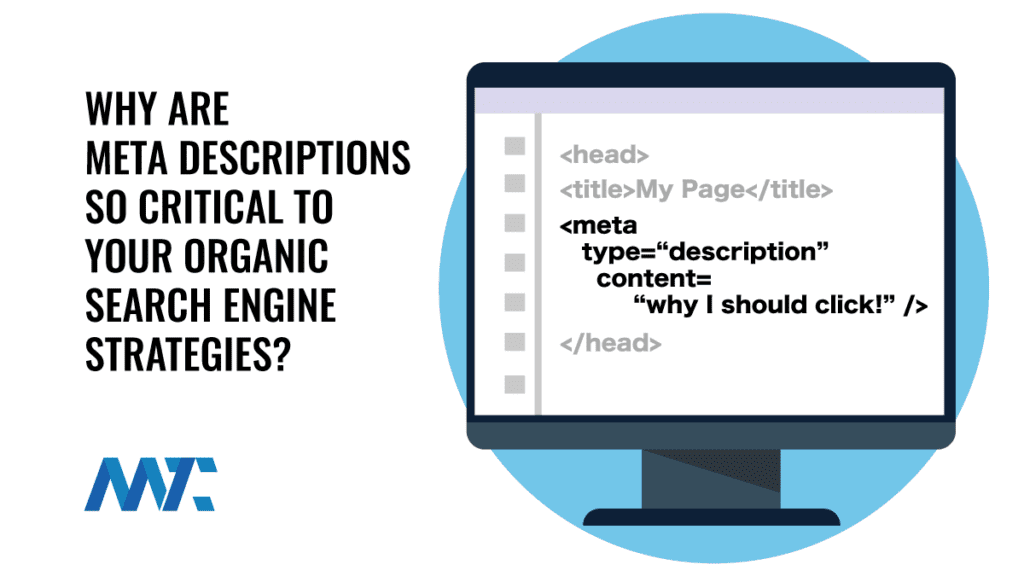
Structure Content by using Header Tags – H1, H2, H3, etc
Header Tags are HTML Tags that help organize and format your content on the web page making it easier to read. The H1 Header tag is the most important heading and describes what is in the body text. Header Tags go from H1 down to H6.

Image Alt Tags can articulate Image Context
Using high-quality images is great for breaking up the written content on your page and adding a visual aspect to it. You should use your focus keyword in the name of the image file and add Alt Text descriptions to the images on the web page. This is a must as it helps the search engines understand what the image is about and describes images to visually impaired people. Screen readers and browsers can read Alt Text to people who are visually impaired and convey the image to them, which is great for their useability. It can also help you get in Google’s image search.
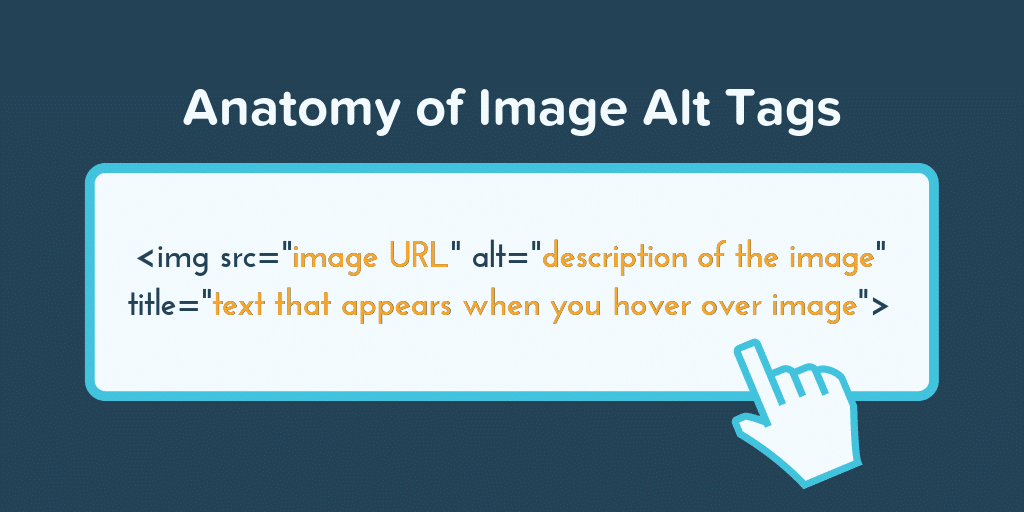
Benefits of Internal Linking
When you link from a page on your website to other pages on your website, this is internal linking. Internal linking is good for sending page authority [also known as Page Rank] to other pages, and in turn, tells the search engines what pages are important and ranks those pages better too. It is best practice to use keywords in the anchor text when you do your internal linking.
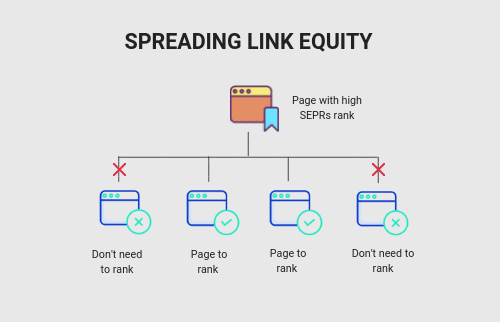
The above are just some of the basic on-page content optimization tactics that you can focus on for SEO gain. Optimizing web page elements like Title Tags, Meta Descriptions, URLs, and images help users and search engines understand what your content is about. So optimizing content for SEO can increase search traffic to your site and improve your search rankings.
This article was written by Justine Koenders
This article was originally published at TNZ Web Solutions. Featured Image Credits: Pixabay
